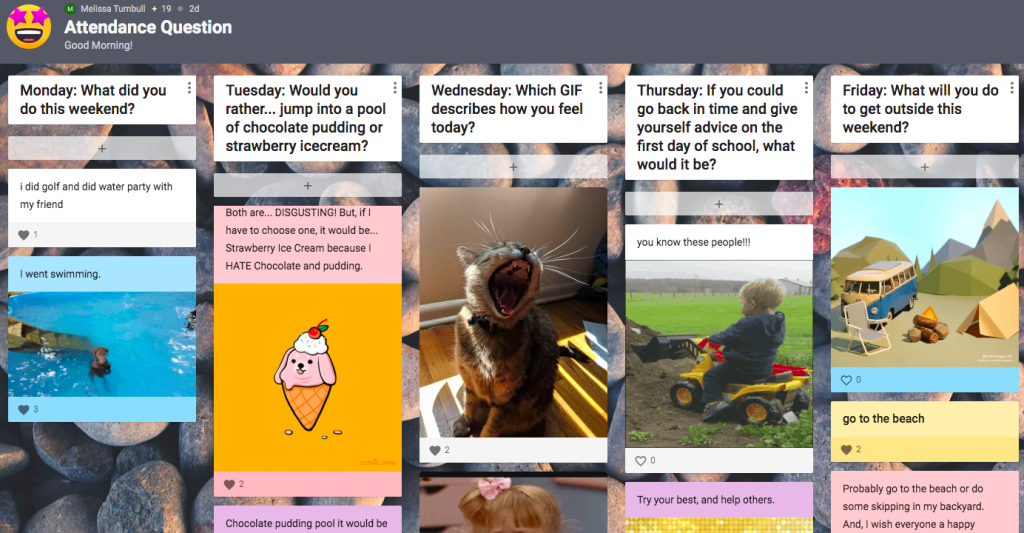“Thank you”
2 simple words that mean so much. Especially when they are followed by a reason for giving thanks.
As an educator of young children, I don’t teach for the “thank you”. I teach for the students, their progress, their laughs, their smiles, and that feeling of sharing a joy for learning.
However, when I do get those genuine, ‘from the bottom of my heart’ “thank you” ’s, they often bring me to tears. Thank you can feel so reassuring, so comforting and can be a springboard that launches deep and powerful connections.
An amazing colleague of mine, who is many years into their career, suggested I keep a journal of these kind words of thanks from parents and families. Initially, I thought this seemed silly. Why would I keep these notes and emails? What purpose would this serve me? But, I tried it anyways. Why not? If I didn’t find this practice helpful I could stop at any point and not tell a single soul I had ever done it.
Fast forward to the present moment, where various letters, cards and printed emails from families live in the binder I stash at the back of my filing cabinet. I spread the word of this practice, as not a way to brag or boast but to share with you the feelings it has brought me.
First of all, it brings me joy. What better reason to do anything? Why not document these joyful moments in celebration of student success.
Secondly, I find comfort revisiting these “thank you” ‘s when I feel tired, overwhelmed or broken down. It is easy for me to fixate on a lesson that didn’t go well, or the things that I could be doing differently; therefore doing them better. Flipping through this binder of positive thoughts allows me to reframe my mindset and reflect critically on my practice while being kind to myself.
Lastly, the powerful feelings that these “thank you” ‘s bring me are inspiring. I want to pass this feeling on to my colleagues, my students and their families who show up and work hard every day. I am mindful each day to share my genuine “thank you” ‘s out loud.
What is the most powerful “thank you” that you’ve ever received?
What is the most powerful “thank you” that you’ve ever given?


